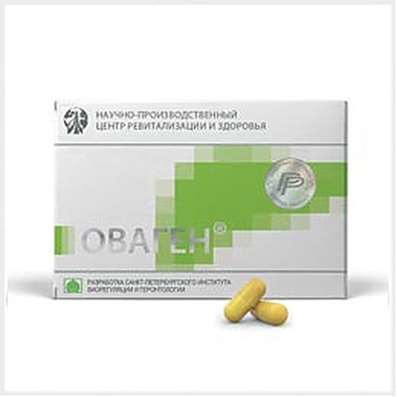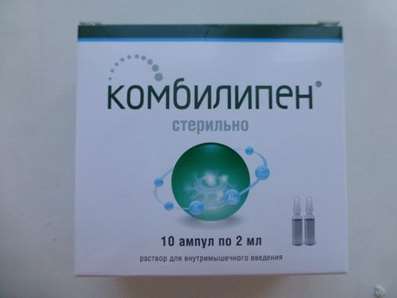Instruction for use: Propofol Abbott
I want this, give me price
Dosage form: emulsion for intravenous administration
Active substance: Propofol*
ATX
N01AX10 Propofol
Pharmacological group:
Anesthetic means
The nosological classification (ICD-10)
Z100.0 * Anesthesiology and premedication: Abdominal surgery; Adenomectomy; Amputation; Angioplasty of the coronary arteries; Carotid artery angioplasty; Antiseptic treatment of skin in wounds; Antiseptic treatment of hands; Appendectomy; Atheroctomy; Balloon coronary angioplasty; Vaginal hysterectomy; Venous bypass; Interventions on the vagina and cervix; Interventions on the bladder; Interference in the oral cavity; Reconstructive-reconstructive operations; Hand hygiene of medical personnel; Gynecological Surgery; Gynecological interventions; Gynecological operations; Hypovolemic shock during surgery; Disinfection of purulent wounds; Disinfection of the edges of wounds; Diagnostic Interventions; Diagnostic procedures; Diathermocoagulation of the cervix; Long-term surgeries; Replacement of fistulous catheters; Infection in orthopedic surgical interventions; Artificial heart valve; Kistectomy; Short-term outpatient surgery; Short-term operations; Short-term surgical procedures; Cryotyreotomy; Blood loss during surgical interventions; Bleeding during surgery and in the postoperative period; Kuldotsentez; Laser coagulation; Laserocoagulation; Laser retinopathy of the retina; Laparoscopy; Laparoscopy in gynecology; Likvornaya fistula; Small gynecological operations; Small surgical interventions; Mastectomy and subsequent plastic surgery; Mediastinotomy; Microsurgical operations on the ear; Mukinging operations; Suturing; Minor surgery; Neurosurgical operation; Eclipse of the eyeball in ophthalmic surgery Orchiectomy; Pancreatectomy; Pericardectomy; The rehabilitation period after surgical operations; Reconvalence after surgical intervention; Percutaneous transluminal coronary angioplasty; Pleural Thoracocentesis; Pneumonia postoperative and post traumatic; Preparing for surgical procedures; Preparing for a surgical operation; Preparation of the surgeon's arms before surgery; Preparation of the colon for surgical interventions; Postoperative aspiration pneumonia in neurosurgical and thoracic operations; Postoperative nausea; Postoperative hemorrhage; Postoperative granuloma; Postoperative shock; Early postoperative period; Myocardial revascularization; Resection of the apex of the tooth root; Resection of the stomach; Bowel resection; Resection of the uterus; Liver resection; Small bowel resection; Resection of a part of the stomach; Reocclusion of the operated vessel; Gluing of tissues during surgical interventions; Suture removal; Condition after eye surgery; Condition after surgery; Condition after surgery in the nasal cavity;Condition after gastrectomy; Condition after resection of the small intestine; Condition after tonsillectomy; Condition after removal of duodenum; Condition after phlebectomy; Vascular Surgery; Splenectomy; Sterilization of surgical instrument; Sterilization of surgical instruments; Sternotomy; Dental surgery; Dental intervention on periodontal tissues; Strumectomy; Tonsillectomy; Thoracic surgery; Total gastrectomy; Transdermal intravascular coronary angioplasty; Transurethral resection; Turbinectomy; Removal of a tooth; Cataract removal; Removing Cysts; Removal of tonsils; Removal of myoma; Removal of mobile milk teeth; Removal of polyps; Removal of a broken tooth; Removal of the uterus; Removal of seams; Urethrotomy; Fistula of the luminal ducts; Frontoetmoidohaimorotomy; Surgical infection; Surgical treatment of chronic ulcers of extremities; Surgery; Surgery in the anus; Surgery on the large intestine; Surgical practice; Surgical procedure; Surgical interventions; Surgical interventions on the digestive tract; Surgical interventions on the urinary tract;Surgical interventions on the urinary system; Surgical interventions on the genitourinary system; Surgical intervention on the heart; Surgical procedures; Surgical operations; Surgical operations on veins; Surgical intervention; Vascular; Cholecystectomy; Partial resection of the stomach; Extraperitoneal hysterectomy; Percutaneous transluminal coronary angioplasty; Percutaneous transluminal angioplasty; Coronary artery bypass grafting; Extirpation of the tooth; Extirpation of infant teeth; Extirpation of pulp; Extracorporeal circulation; Extraction of the tooth; Extraction of teeth; Extraction of cataracts; Electrocoagulation; Endourological interventions; Episiotomy; Ethmoidotomy; Complications after tooth extraction
Composition and release form
1 ml of an emulsion for injection contains propofol 10 mg; in an ampoule of 20 ml, in a contour acheikova packing 5 ampoules.
Pharmachologic effect
Pharmacological action - anesthesia.
Pharmacodynamics
Causes a rapid (within about 30 s) offensive medication sleep.
Indications for the drug Propofol Abbott
General anesthesia; providing a sedative effect, in critical conditions during ventilation.
Contraindications
Hypersensitivity.
Side effects
During induction of anesthesia: hypotension, apnea; at maintenance of anesthesia: epileptiform movements, convulsions, opisthotonus, change of color of urine, a bradycardia, an asystole, a hypovolemia; rarely - pulmonary edema, signs of anaphylaxis (bronchospasm, erythema); after awakening: nausea, vomiting, headache, fever, sexual disinhibition.
Interaction
Strengthens the effect of bradycardic drugs.
Dosing and Administration
IV, titration (before the appearance of clinical signs of anesthesia). Adults: with introductory anesthesia - 2-2.5 mg / kg (at the age of 55 years) 4 ml every 10 s, 1.5 mg / kg (over the age of 55 years) 2 ml every 10 s; to maintain anesthesia - 4-12 mg / kg (constant IV infusion), 2.5-5 ml (repeated bolus injections); to provide a sedative effect - with a speed of infusion of 1-4 mg / kg / h (sedation is provided within 48 hours).
Children older than 3 years: for introductory anesthesia - 2.5 mg / kg, in order to maintain anesthesia - with an infusion rate of 9-15 mg / kg / h or bolus.
Precautionary measures
They are used with caution for anesthesia in patients with epilepsy (convulsions may develop), diseases of the cardiovascular system, kidneys, liver, a decrease in bcc or greatly weakened. When maintaining anesthesia through continuous or bolus administration in patients with lipid metabolism disorders, it is necessary to monitor the lipids in the blood and, as they increase, reduce the dose.
Storage conditions for Propofol Abbott
At a temperature of 15-30 ° C (do not freeze).
Keep out of the reach of children.
Shelf life of Propofol Abbott
3 years.
Do not use after the expiry date printed on the package.

 Cart
Cart





